Choosing the right tank mates for your angelfish is crucial for creating a harmonious aquarium environment. Angelfish are known for their beauty and grace, but they can also exhibit territorial behavior, especially during breeding.
To ensure a peaceful coexistence, it’s essential to select compatible species that can thrive alongside angelfish. By understanding their temperament, size, and environmental needs, you can create a balanced ecosystem that benefits all inhabitants in your tank.
This article will explore suitable tank mates, their characteristics, and tips for maintaining a successful community aquarium with angelfish.
When setting up a tank with angelfish, it’s important to consider various factors such as water parameters, tank size, and individual fish behavior.
Angelfish prefer a spacious environment with plenty of hiding spots and swimming areas. Additionally, selecting the right companions can reduce stress and aggression among fish.
In this article, we will discuss not only the best tank mates for angelfish but also the importance of proper tank setup and maintenance. With the right approach, you can enjoy a vibrant and thriving aquarium filled with diverse aquatic life.
In this article:
- Ideal Tank Mates for Angelfish
- Understanding Angelfish Behavior
- Fish to Avoid with Angelfish
- Tank Size and Setup Considerations
- Water Parameters for Angelfish
- Feeding Tips for Community Tanks
- Monitoring Fish Health
Ideal Tank Mates for Angelfish
Some of the best tank mates for angelfish include larger tetras, rasboras, and peaceful cichlids. Species like the cardinal tetra, neon tetra, and the harlequin rasbora are excellent choices due to their size and temperament.
These fish can thrive in similar water conditions and will not compete aggressively for territory. Additionally, bottom dwellers like the Corydoras catfish can coexist peacefully with angelfish, as they occupy different levels of the tank, reducing potential conflicts.
Compatible Tank Mates:
- Corydoras Catfish – Peaceful bottom dwellers that don’t compete for space.
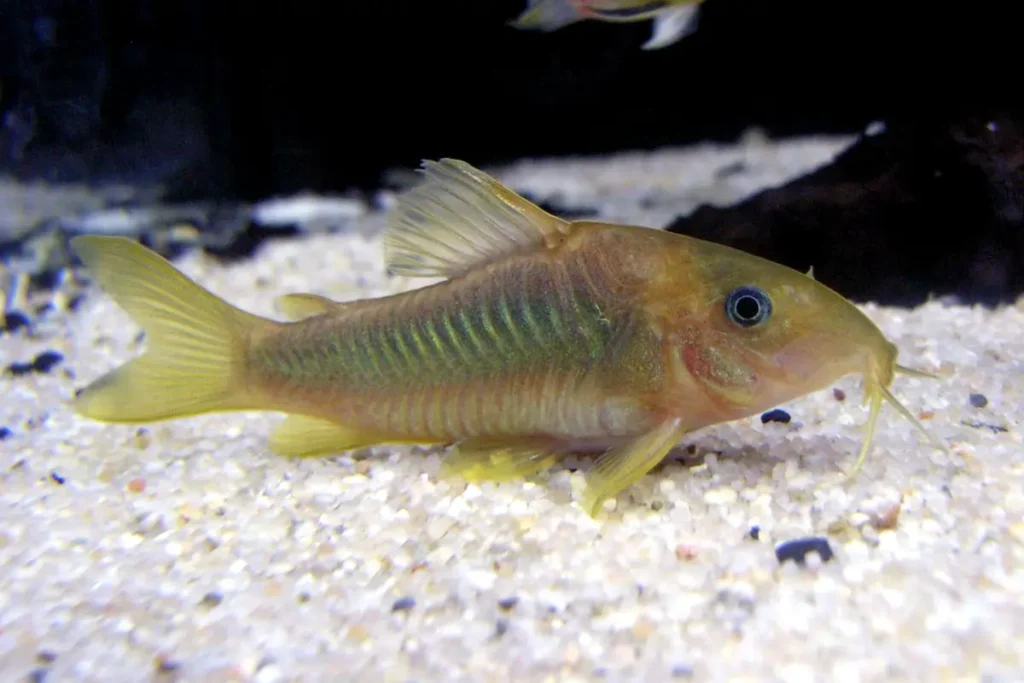
- Platies – Hardy, colorful, and chill companions.
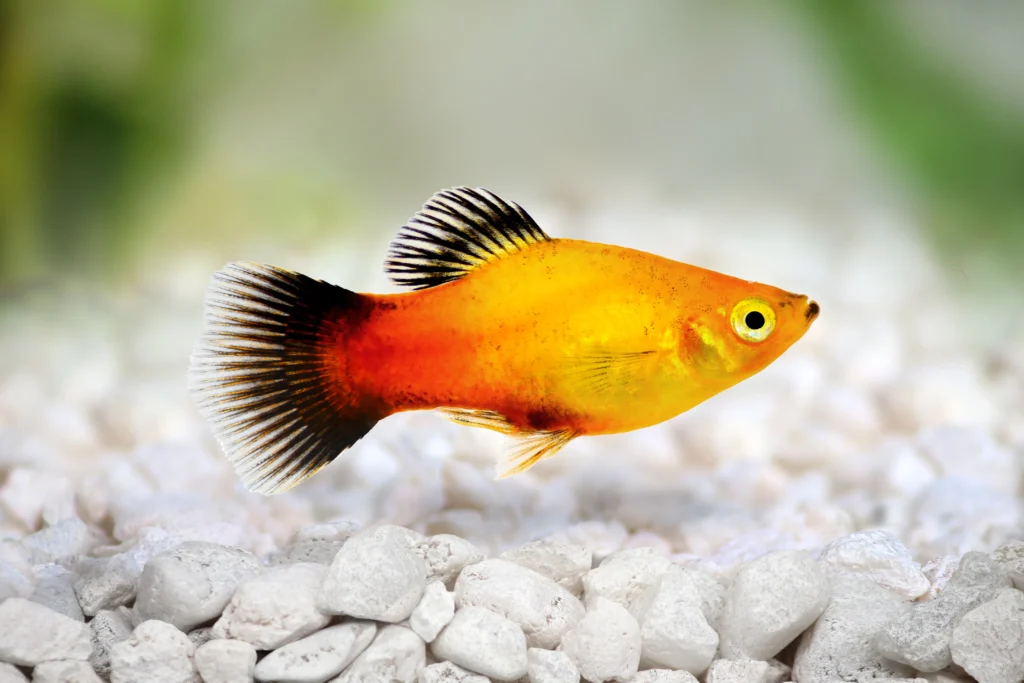
- Mollies – Similar size and temperament, great in groups.

- Swordtails – Active and friendly with angelfish.
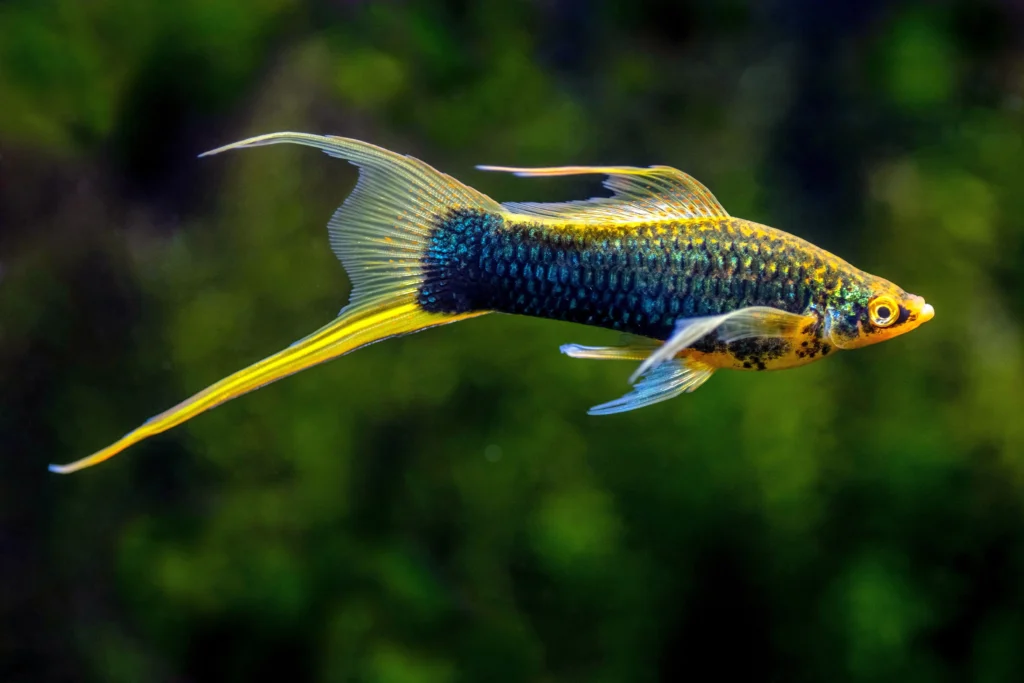
- German Blue Rams – Peaceful cichlids that share the same water needs.
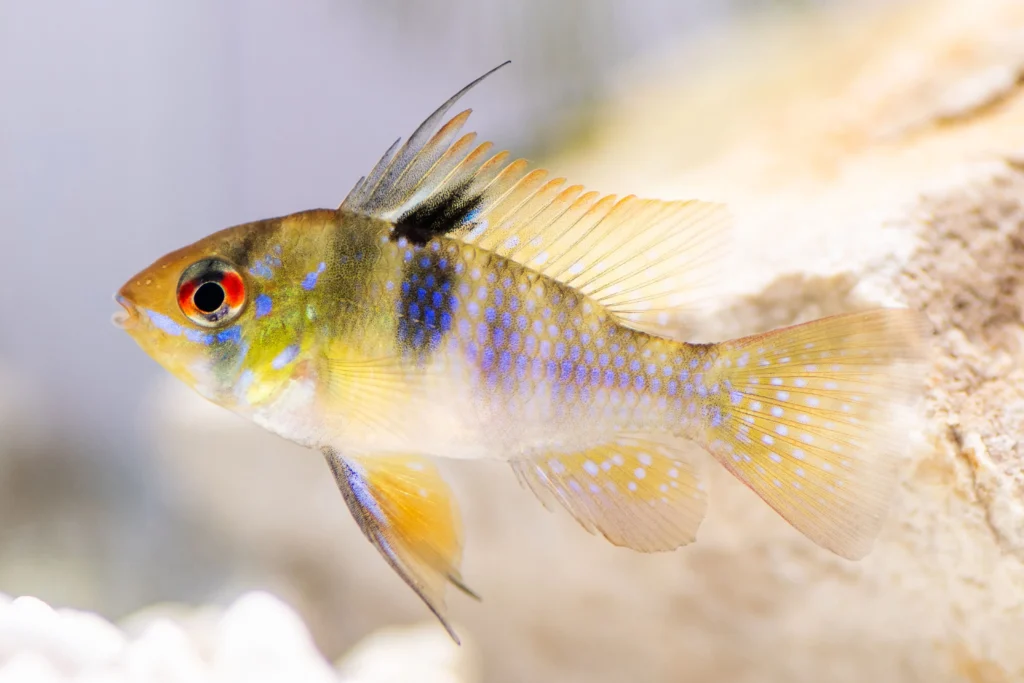
- Plecos (Bristlenose) – Good algae eaters and non-aggressive.
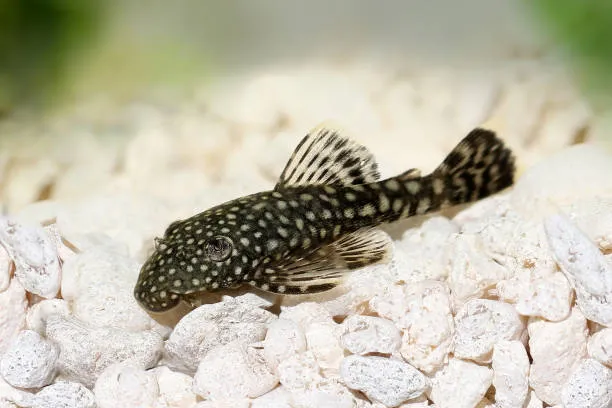
- Kuhli Loaches – Shy bottom dwellers that mind their own business.
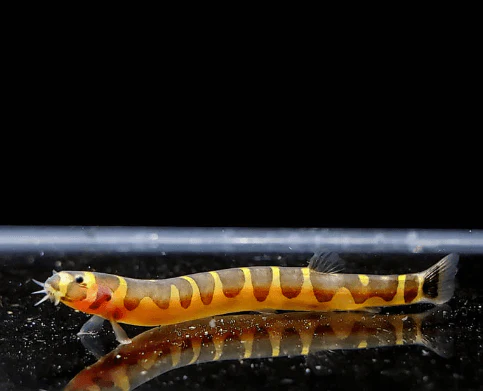
- Large Tetras (like Black Skirts or Lemon Tetras) – Too big to be eaten, fast enough to avoid trouble.
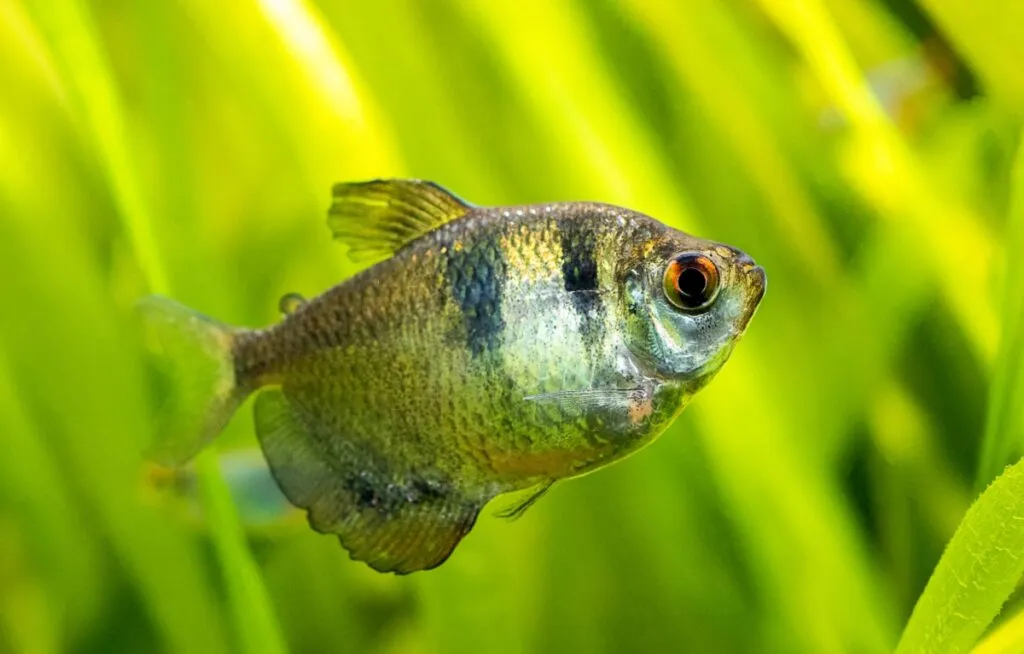
- Rainbowfish – Peaceful and colorful swimmers.
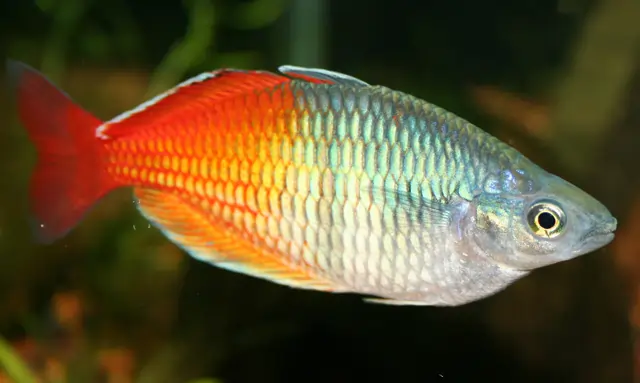
- Gouramis (Dwarf or Pearl) – Gentle and visually striking.
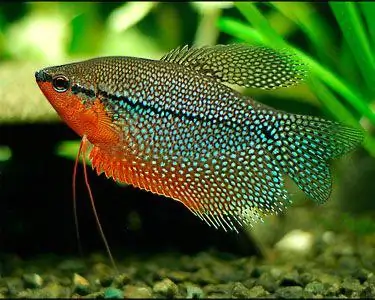
Understanding Angelfish Behavior
Angelfish are generally peaceful but can become territorial, particularly during breeding. They establish a hierarchy within their environment, which may lead to aggression if they feel their space is threatened.
Understanding their behavior is crucial for selecting appropriate tank mates. Observing how your angelfish interact with other species will help you identify compatible companions.
A well-balanced community tank can provide a stimulating environment for angelfish while minimizing stress and aggression.
Fish to Avoid with Angelfish
While many fish can live harmoniously with angelfish, certain species should be avoided. Fast-swimming fish like guppies and small, aggressive species like barbs can provoke angelfish, leading to stress and aggression.
Additionally, small fish that can fit into an angelfish’s mouth, such as some types of shrimp or fry, are not suitable companions. It’s crucial to research potential tank mates to ensure a peaceful environment for your angelfish.
Tank Size and Setup Considerations
A spacious tank is essential for keeping angelfish and their companions. A minimum tank size of 20 gallons is recommended for a small group of angelfish, with additional space for other species.
Providing plenty of hiding spots, such as plants and decorations, can help reduce territorial disputes. A well-planned tank setup encourages natural behaviors and promotes a peaceful coexistence among all fish.
Water Parameters for Angelfish
Maintaining appropriate water parameters is vital for the health of your angelfish and their tank mates. Angelfish thrive in slightly acidic to neutral pH levels (6.5-7.5) and prefer temperatures between 76°F and 82°F.
Regular testing and monitoring of water conditions can help prevent stress and disease, ensuring a stable environment for all aquatic life in your aquarium.
Feeding Tips for Community Tanks
Feeding your angelfish and their tank mates a balanced diet is essential for their health. Offer high-quality flakes, pellets, and occasional live or frozen foods like brine shrimp or bloodworms. Ensure that all fish receive adequate nutrition without overcrowding the feeding area.
Observing feeding behaviors can help you identify any potential issues and adjust your feeding routine accordingly.
Monitoring Fish Health
Regularly checking the health of your angelfish and other tank mates is crucial for maintaining a thriving aquarium. Look for signs of stress, such as changes in behavior, appetite, or physical appearance.
Quarantining new fish before introducing them to the main tank can help prevent disease outbreaks. Being proactive in monitoring fish health will contribute to a harmonious and vibrant aquarium environment.






